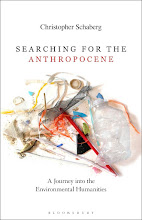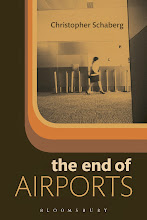
A friend passed along a story about the artist JSG Boggs and his one-sided, hand-drawn dollars that he passes off as real money in stores…only to then sell the receipt, change, and whatever goods he bought as the ‘art’. This would seem to function as an interesting extrapolation of a claim by the French philosopher Emmanuel Levinas: “The phenomenology of images insists on their transparency” (“Reality and its Shadow”). For Boggs, the assumed transparency of a dollar bill’s appearance allows (fake) currency to move simultaneously into dual phenomenological realms of commerce and art: both realms become bracketed and open to question. After the performative transaction, a true aesthete can buy the ‘work’ of art: commodity, change, and a receipt. Meanwhile, the objet d’art circulates effectively as a dollar—until, one supposes, it actually gets counted by a machine at the bank. (In which case, is a Boggs Bill thrown away? Destroyed? Sold on eBay?) Of course, this double move also threatens to implode an economic system on which it depends. Or does it? Perhaps, instead, Boggs has indicated a clever way out of our current recession.
This case suggests how one could use plagiarism productively in the literature classroom. I recently discussed a rogue assignment with one of my colleagues at UC Davis that would proceed as such: students, working in collaborative groups, would acquire ‘finished’ papers online—and then remix sections, rephrase sentences, and bolster (or strip) arguments until what one ends up with is a single essay that could pass through an online ‘paper finder’ detective. In other words, through technologies of online plagiarism and by recourse to pastiche and collaboration, a polyvalent lesson emerges: we challenge the regime of singular authorship, we practice critical engagement with online media forms, and we encounter the Internet as a textual feedback loop rather than as a copout, a (false) compositional authority, or an outlet shopping mall. Again, Levinas: “Art then lets go of the prey for the shadow.”













